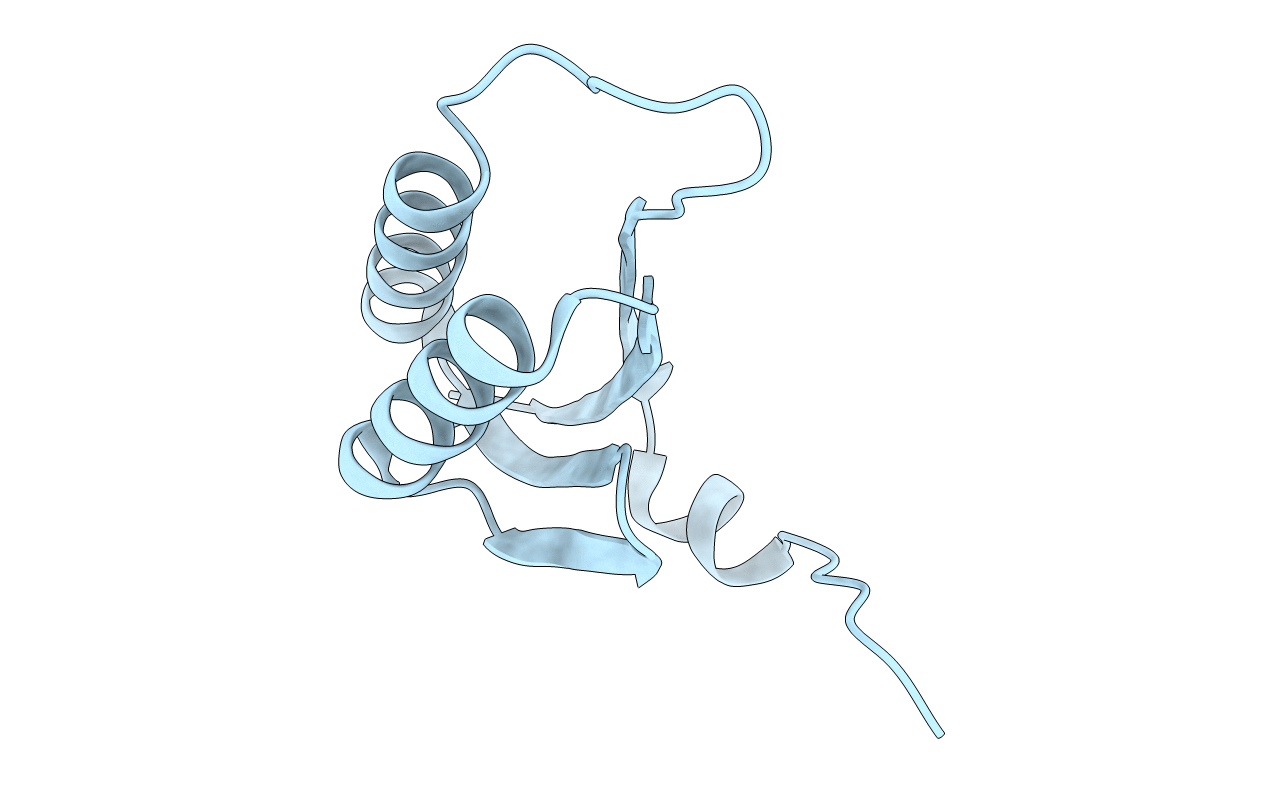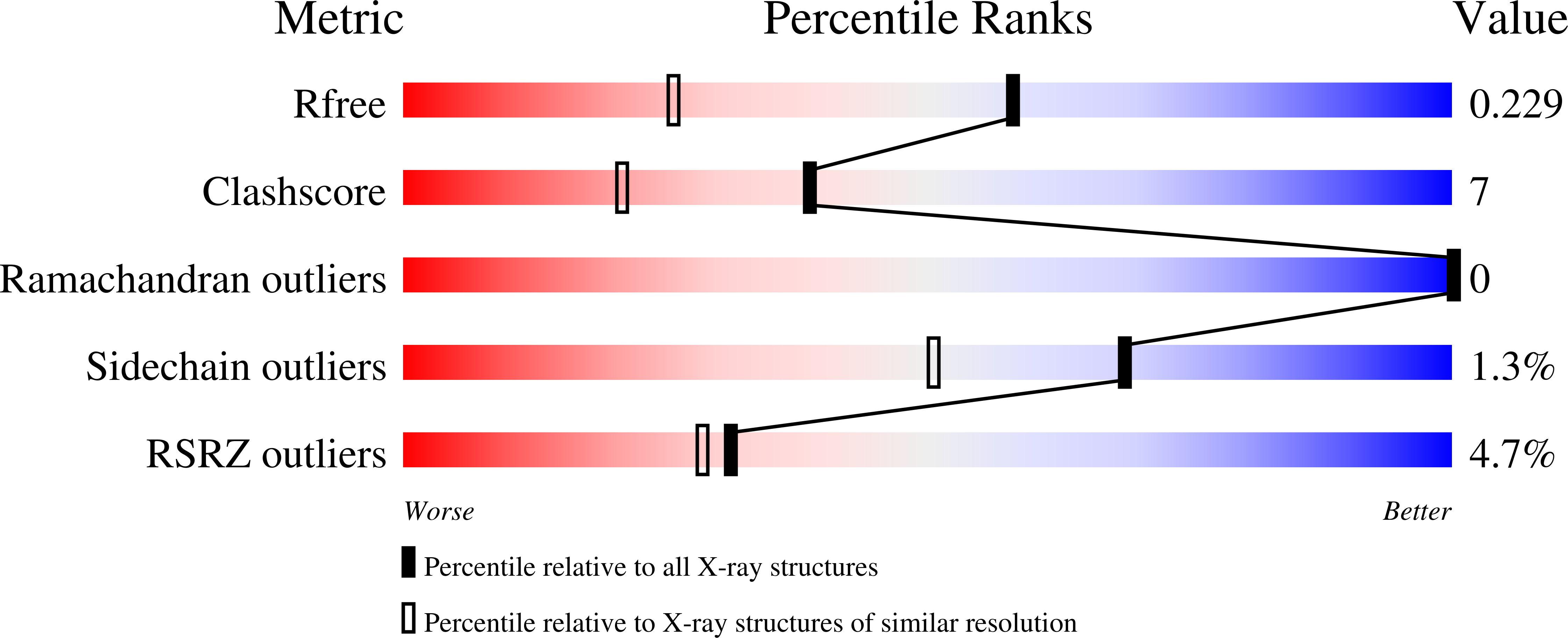
Deposition Date
2006-09-01
Release Date
2006-09-26
Last Version Date
2024-11-20
Entry Detail
PDB ID:
2I8E
Keywords:
Title:
Structure of SSO1404, a predicted DNA repair-associated protein from Sulfolobus solfataricus P2
Biological Source:
Source Organism:
Sulfolobus solfataricus (Taxon ID: 273057)
Host Organism:
Method Details:
Experimental Method:
Resolution:
1.59 Å
R-Value Free:
0.22
R-Value Work:
0.18
R-Value Observed:
0.18
Space Group:
P 62


